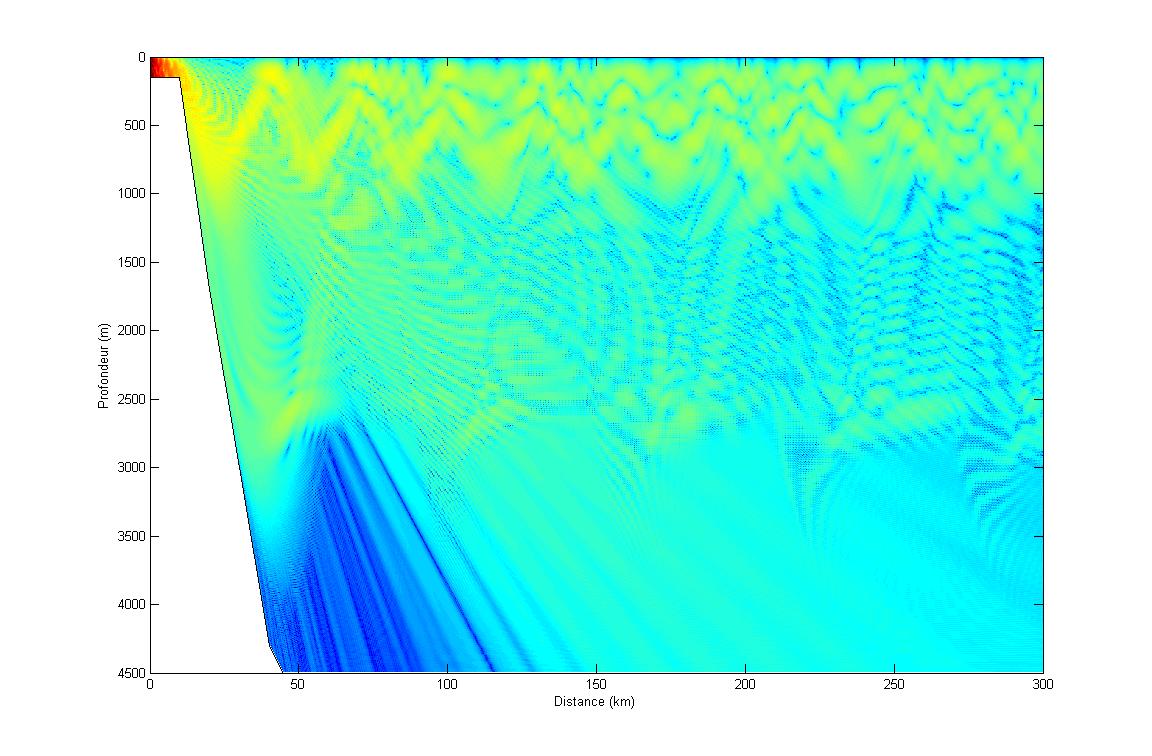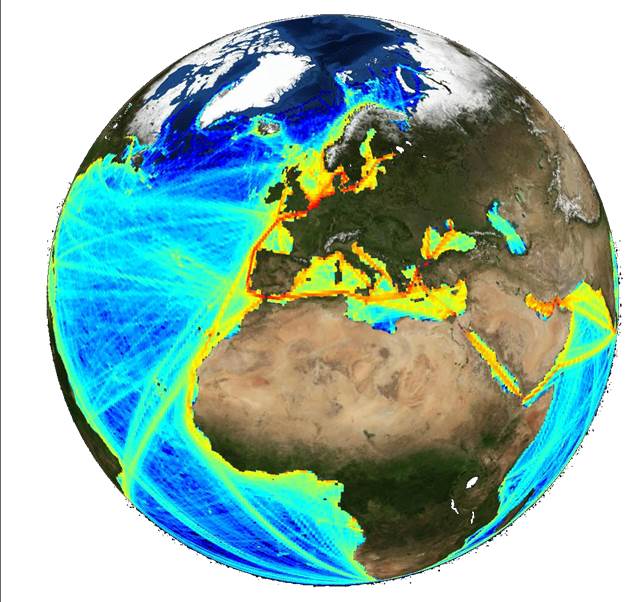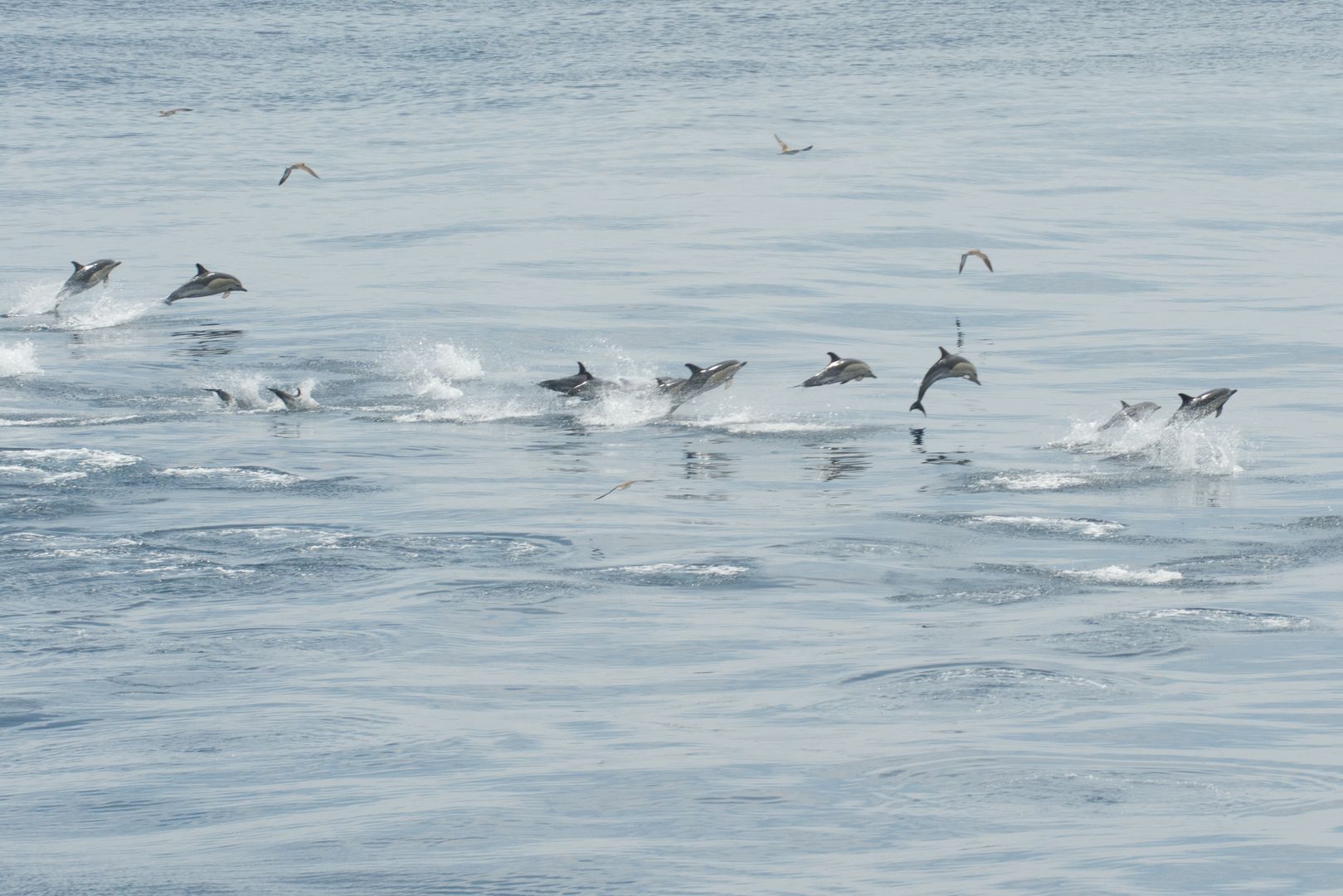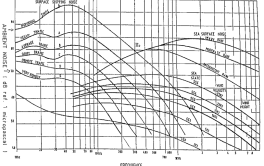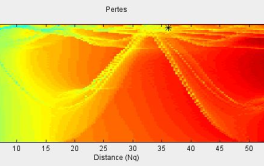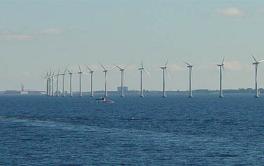Underwater acoustics
Mis à jour le 13/08/2025Le milieu marin est un excellent guide des ondes sonores, celles-ci pouvant s’y propager sur des centaines de kilomètres, alors que la lumière n’y pénètre que sur quelques mètres. A l’image des phares dans le brouillard, lorsqu’une onde sonore se propage dans le milieu océanique elle est amenée à venir se réfléchir à la surface ou sur le fond. L’énergie rétrodiffusée est appelée réverbéré.
Cependant la propagation des ondes dépend des conditions environnementales comme la profondeur, la nature du fond, la température, la salinité, la pression et la constitution chimique de l’eau de mer.
Les sources sont aussi de natures différentes : biologiques, géophoniques, et anthropiques. La compréhension du paysage sonore sous-marin passe par la maîtrise de l’ensemble de ces paramètres. Il s’agit d’un enjeu majeur pour la connaissance de l’environnement
Soutien de la Défense
Estimation du bruit ambiant sous-marin et du réverbéré
Le Shom réalise des calculs statistiques du bruit ambiant sous–marin pour toutes les mers du globe.
Le bruit sous l’eau est principalement lié au trafic maritime, à l’agitation de la surface de la mer et aux conditions de propagation du milieu.
Le réverbéré sous-marin est également un paramètre qui doit être maitrisé pour la recherche d’un sous-marin à partir d’un sonar actif.
Mesures physiques
La mesure acoustique par des hydrophones est un moyen efficace pour avoir un aperçu général de l’environnement. Elle permet en particulier de valider les résultats de sa modélisation et d'évaluer sa variabilité temporelle.
Le Shom réalise des campagnes de mesure du bruit ambiant sous-marin sur de longues périodes à partir d’équipements scientifiques dédiés tels que des bouées fixes ou dérivantes équipées d’hydrophones de grande qualité.
Appui aux politiques publiques de la mer et du littoral
Ce risque écologique est reconnu en Europe par la Directive Cadre Stratégie pour le Milieu Marin (DCSMM). Le Shom y apporte un soutien scientifique pour la compréhension et la définition de ce risque, ainsi qu'un soutien logistique avec la mise en place d’un large réseau d’hydrophones. Il participe au groupe technique européen sur la pollution sonore (TG Noise).

